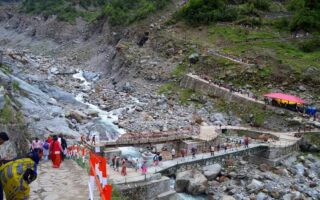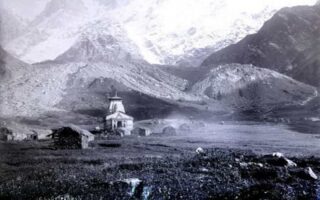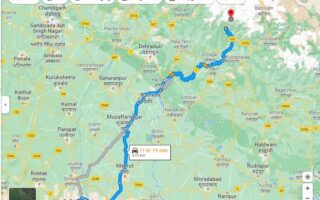Kedarnath, nestled in the Garhwal Himalayas of Uttarakhand, India, is a revered destination for both pilgrims and nature enthusiasts. At an elevation of 3,583 meters above sea level, this holy town offers a perfect blend of spiritual solace and breathtaking landscapes. Here are 12 must-visit places in and around Kedarnath that will leave you enchanted.
1. Kedarnath Temple
- Altitude: 3,583 meters above sea level
- Construction: Believed to be built by the Pandavas
- Deity: Lord Shiva
- Location: Near the Mandakini River
- Opening Hours: 4:00 AM – 9:00 PM
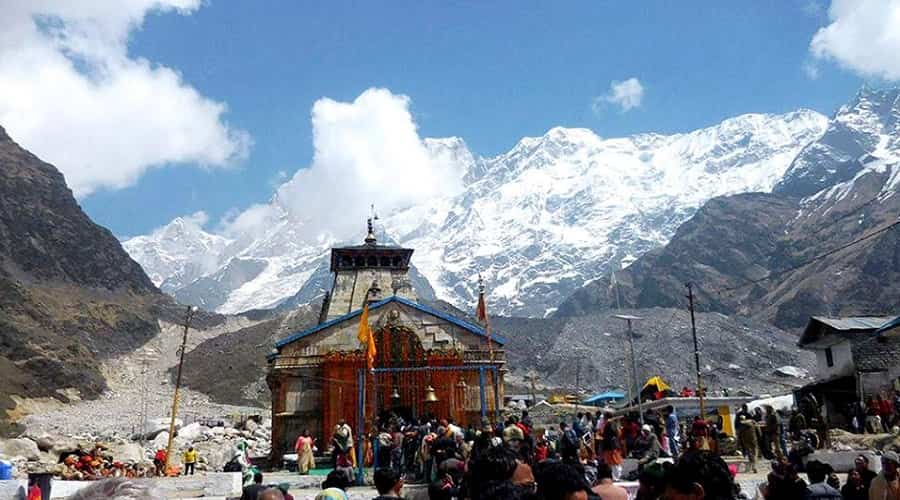
The Kedarnath Temple, situated in the Garhwal Himalayan range, is one of the twelve Jyotirlingas and a key destination in the Chota Char Dham pilgrimage. It is an architectural marvel built from large stone slabs and features intricate carvings. The temple is surrounded by breathtaking snow-capped peaks and has a rich history linked to the Pandavas from the Mahabharata. Thousands of pilgrims visit the temple annually to seek blessings and experience its spiritual aura.
2. Gandhi Sarovar (Chorabari Tal)
- Altitude: 3,900 meters
- Origin: Chorabari Glacier
- Other Name: Gandhi Tal
- Distance from Kedarnath: Approximately 3 km
- Activities: Trekking, photography

Gandhi Sarovar, also known as Chorabari Tal, is a tranquil glacial lake located near Kedarnath. This clear water body is surrounded by stunning Himalayan landscapes and offers a peaceful retreat for visitors. The lake is historically significant as it is believed to be the place where Lord Shiva imparted knowledge to the Saptrishis. The serene environment and the scenic trek to reach the lake make it a popular spot for nature enthusiasts and spiritual seekers.
3. Vasuki Tal
- Altitude: 4,135 meters
- Type: Glacial lake
- Nearby Peaks: Chaukhamba peaks
- Best Time to Visit: May to October
- Activities: Trekking, camping, photography
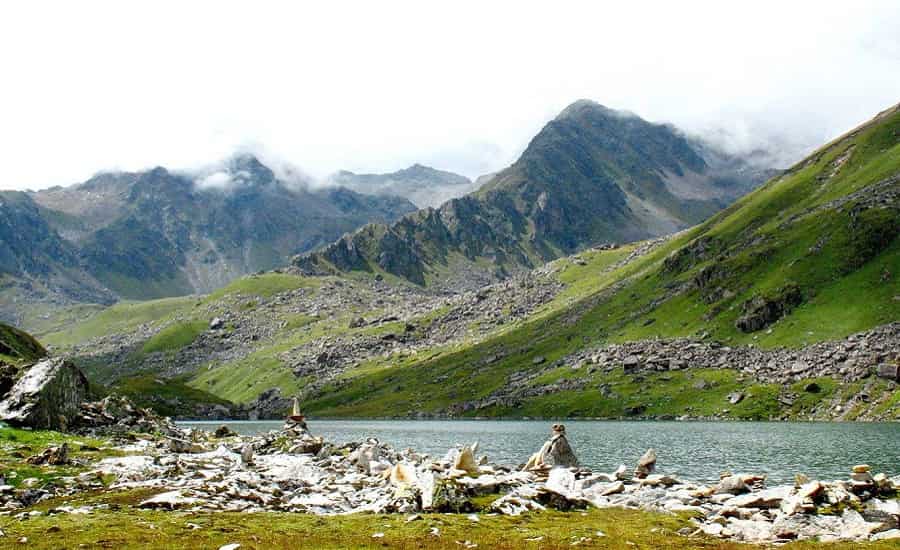
Vasuki Tal is a pristine glacial lake situated high in the Himalayas. The lake offers panoramic views of the surrounding Chaukhamba peaks and is a challenging yet rewarding trek for adventure enthusiasts. The crystal-clear waters of Vasuki Tal and its serene environment make it an ideal spot for camping and nature photography. The trek to the lake is also rich in diverse flora and fauna, adding to its appeal.
4. Gaurikund
- Altitude: 2,000 meters
- Significance: Pilgrimage site dedicated to Goddess Parvati
- Mythology: Site where Goddess Parvati meditated
- Natural Features: Hot springs
- Starting Point: Base for the trek to Kedarnath
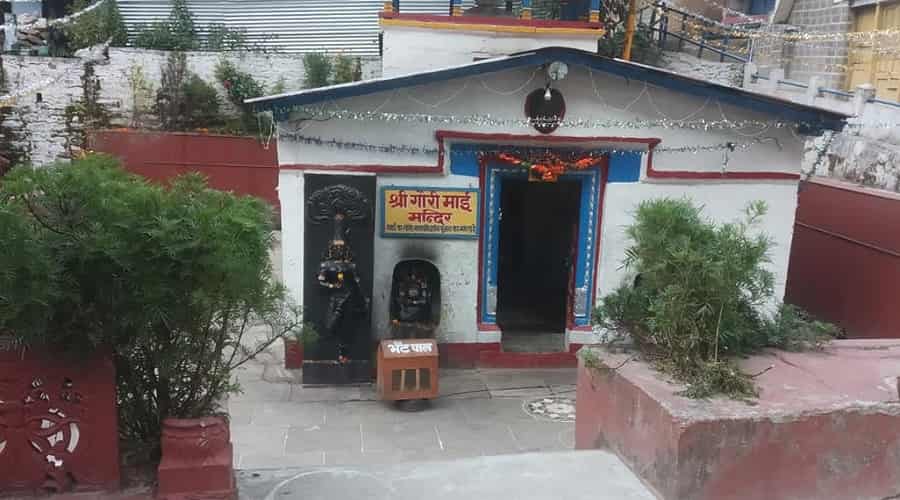
Gaurikund serves as the starting point for the trek to Kedarnath Temple. This sacred site is associated with Goddess Parvati, who is believed to have performed penance here to win Lord Shiva’s affection. The area is known for its hot springs, which are popular among pilgrims for their therapeutic properties. Gaurikund is not only a spiritual hub but also offers picturesque views and a serene environment.
5. Triyuginarayan Temple
- Significance: Mythological site of Lord Shiva and Parvati’s marriage
- Flame: Eternal flame said to have been burning since the wedding
- Sacred Pools: Brahma Kund, Vishnu Kund, and Rudra Kund
- Altitude: 1,980 meters
- Opening Hours: 7:00 AM – 7:00 PM

The Triyuginarayan Temple is a significant pilgrimage site known for being the mythical venue of Lord Shiva and Parvati’s marriage. The temple features an eternal flame, which is believed to have been burning since their wedding. Visitors are drawn to the sacred pools within the temple complex and the tranquil surroundings. The temple’s rich mythology and serene environment make it a must-visit for devotees and tourists alike.
6. Sonprayag
- Altitude: 1,829 meters
- Confluence: Basuki and Mandakini rivers
- Mythology: Sacred spot linked to Lord Shiva and Parvati’s marriage
- Activities: Holy baths, nature walks
- Best Time to Visit: May to July
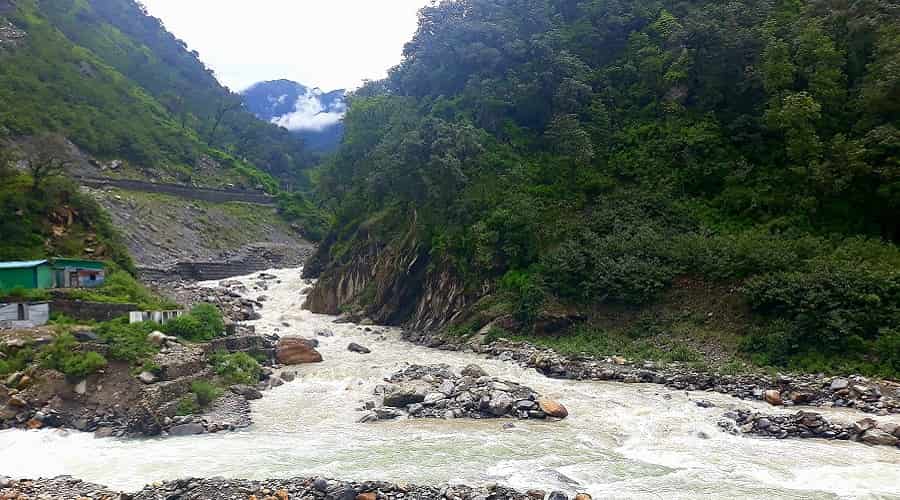
Sonprayag is a picturesque village located at the confluence of the Basuki and Mandakini rivers. It is considered a sacred site where Lord Shiva and Goddess Parvati were married. The village offers stunning views of the surrounding mountains and lush green valleys. Pilgrims often take holy baths in the rivers, believing it will cleanse their sins and grant spiritual benefits. The serene and scenic environment of Sonprayag makes it an ideal destination for both spiritual and nature enthusiasts.
7. Bhairav Temple
- Distance from Kedarnath: 500 meters
- Deity: Lord Bhairav, a fierce form of Lord Shiva
- Role: Guardian deity of Kedarnath Temple
- Altitude: Elevated hillock offering panoramic views
- Best Time to Visit: May to November

The Bhairav Temple, dedicated to Lord Bhairav, is situated on a hillock overlooking Kedarnath Temple. Lord Bhairav is considered the guardian deity of Kedarnath, and visiting this temple is an important ritual for pilgrims. The temple provides breathtaking views of the Kedarnath valley and the surrounding Himalayan peaks. Its spiritual significance and scenic location make it a prominent spot for visitors.
8. Rudra Cave
- Location: 1 km from Kedarnath
- Type: Underground meditation cave
- Construction: Built by Nehru Mountaineering Institute
- Facilities: Bed, electricity, CCTV, attached toilet
- Purpose: Spiritual retreat for meditation
Rudra Cave is an underground stone meditation cave designed for those seeking solitude and spiritual rejuvenation. Located just a kilometer away from Kedarnath, the cave offers basic amenities such as a bed, electricity, CCTV, and an attached toilet, ensuring a comfortable stay for meditators. The tranquil and secluded environment of the cave makes it an ideal spot for meditation and introspection.
9. Shankaracharya Samadhi
- Founder: Adi Shankaracharya
- Historical Significance: Memorial for the great sage
- Location: Near Kedarnath Temple
- Architecture: Simple yet serene structure
- Best Time to Visit: May to October

Shankaracharya Samadhi is a memorial dedicated to Adi Shankaracharya, the great 8th-century philosopher who is credited with reviving Hinduism in India. Located near the Kedarnath Temple, this serene site marks the place where Adi Shankaracharya is believed to have attained samadhi. The tranquil atmosphere and historical significance of the samadhi attract numerous visitors and devotees.
10. Kalimath
- Deity: Goddess Kali
- Mythology: One of the 108 Shakti Peethas
- Altitude: 1,500 meters
- Unique Feature: Temple does not have an idol of Goddess Kali
- Best Time to Visit: April to November

Kalimath is a revered village and temple dedicated to Goddess Kali. It is one of the 108 Shakti Peethas, making it a significant pilgrimage site. Unlike other temples, Kalimath does not have an idol of Goddess Kali; instead, her presence is symbolized by a Sri Yantra. The temple’s serene surroundings and spiritual significance draw many devotees seeking blessings and peace.
11. Guptkashi
- Altitude: 1,319 meters
- Deities: Lord Shiva and Goddess Parvati
- Temples: Vishwanath and Ardhnarishwar temples
- Mythology: Linked to the Pandavas
- Best Time to Visit: March to June
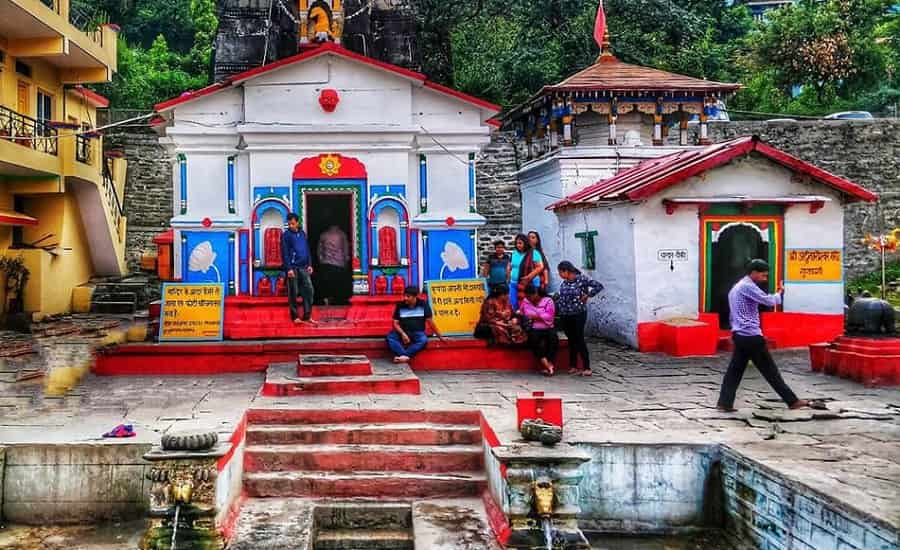
Guptkashi is a picturesque town known for its ancient temples dedicated to Lord Shiva and Goddess Parvati. The town is steeped in mythology, with legends linking it to the Pandavas. The Vishwanath and Ardhnarishwar temples are major attractions, offering spiritual solace to visitors. The town’s scenic beauty and religious importance make it a must-visit destination in the Kedarnath region.
12. Ukhimath
- Altitude: 1,317 meters
- Deity: Winter abode of Lord Kedarnath
- Temples: Omkareshwar Temple
- Activities: Temple visits, nature walks
- Best Time to Visit: October to March

Ukhimath serves as the winter abode for the deities of Kedarnath and Madhyamaheshwar temples. The Omkareshwar Temple in Ukhimath houses the idols during the winter months when the Kedarnath Temple is inaccessible due to heavy snowfall. The town offers a peaceful environment and stunning views of the surrounding.
